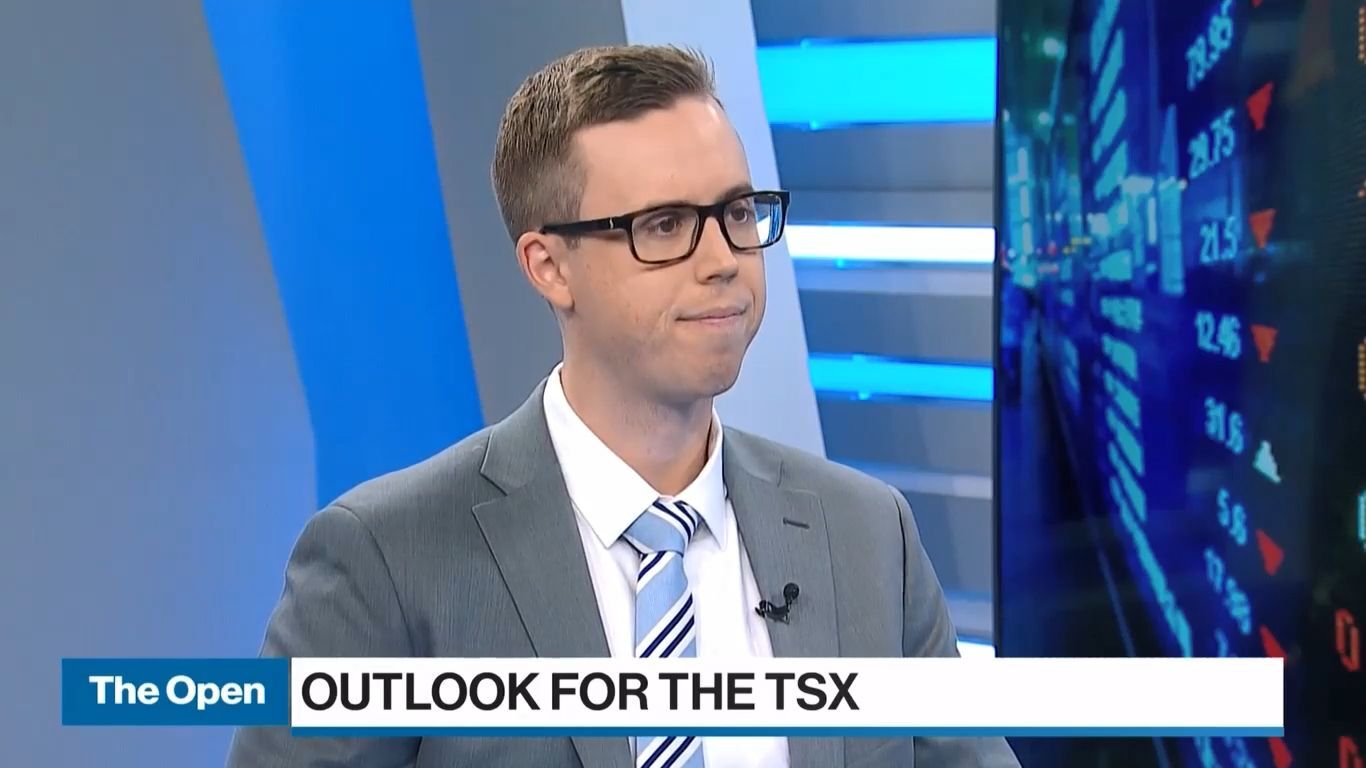Articles
BNN Bloomberg The Open, July 17, 2025
Prefer structured notes: Portfolio manager
Kyle Taylor, Wealth Advisor and Portfolio Manager at TriDelta Private Wealth, joins BNN Bloomberg to discuss the outlook for the TSX as it approaches record high territory. Reproduced from BNN Bloomberg The Open TV Show July 17, 2025 . Provided By: Kyle Taylor, CFA, CFP, CIM Wealth Advisor & Portfolio Manager kyle@tridelta.ca 416.733.3292 EXT. 233…
Read More
TriDelta Insight Q2 Commentary
Onward
Market Overview If you only looked at your portfolio twice this year (in January and again in June), you may think all the news around U.S. tariffs, escalating tensions in the Middle East, or any of the other negative headlines in 2025 played little to no role in your investment portfolio. If you are asking…
Read MoreFINANCIAL FACELIFT: Can this retiree avoid higher taxes after making a big city move?
Below you will find a real life case study of a couple who is looking for financial advice on how best to arrange their financial affairs. Their names and details have been changed to protect their identity. The Globe and Mail often seeks the advice of our Portfolio Manager & Senior Financial Planner, Matthew Ardrey,…
Read MoreFINANCIAL FACELIFT: Ezra and Leanne, both 63, fear they don’t have enough to retire. Should they take a hard look at their spending?
Below you will find a real life case study of a couple who is looking for financial advice on how best to arrange their financial affairs. Their names and details have been changed to protect their identity. The Globe and Mail often seeks the advice of our Portfolio Manager & Senior Financial Planner, Matthew Ardrey,…
Read More
TriDelta Insight Q1 Commentary
This Too Shall Pass
Market Overview The headlines for the first three months of 2025 were difficult to ignore as U.S. tariffs brought about global uncertainty for investors, businesses and consumers. Not everything was as bad as these headlines may have suggested but the start of the year proved that the fortunes of the prior years’ winners can quickly…
Read MoreFinancial Post / Rechtshaffen: Lessons from 20 years of TriDelta that weather economic, political storms
By consistently investing smartly and putting savings away and in the right place, you will build up real wealth over time I have been in the wealth management industry for more than 30 years, but my firm is celebrating its 20th anniversary, which, given the many client discussions that have taken place in that time,…
Read More
